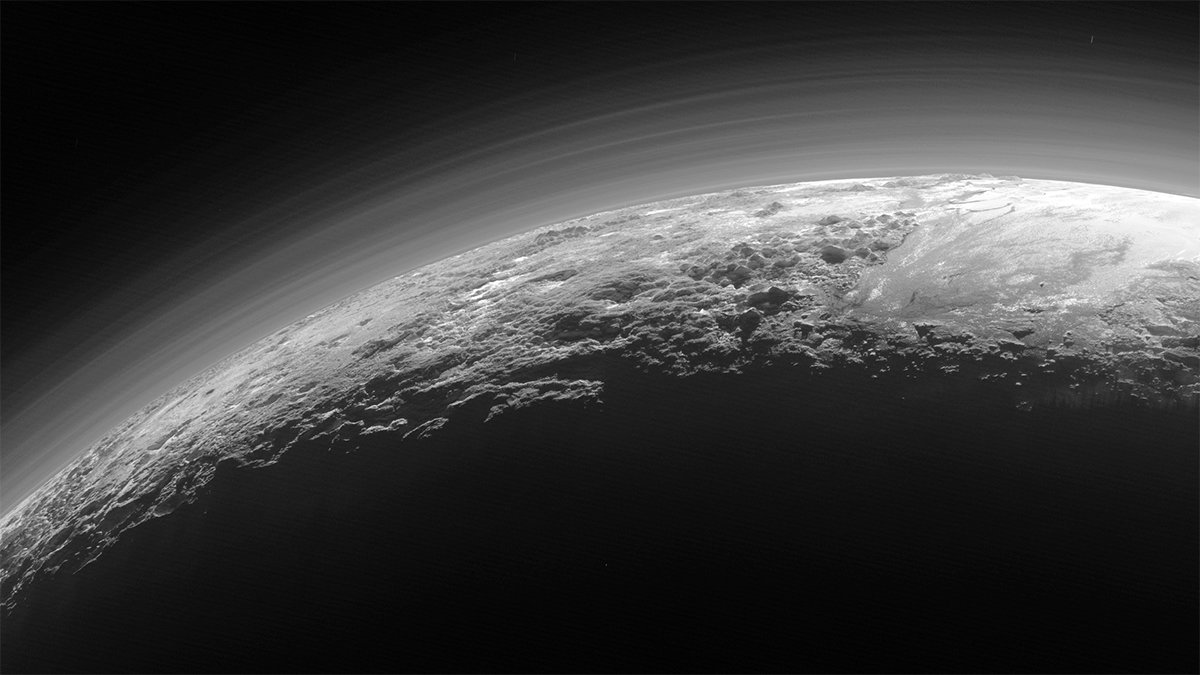New Horizons isn't finished with our solar system - here's where it's heading next
Nasa's space probe has more to see

Last July, Nasa's New Horizons probe cruised past the surface of Pluto at a speed of more than 30,000 mph. It was the first spacecraft to visit the icy planetoid, which - as everyone knows - is the furthest object in the solar system.
Except that it isn't. Beyond Pluto lies the Kuiper Belt - a dim, distant, disc of dust, rock and ice that was only discovered in 1992.
It's a bit like the asteroid belt that lies between Mars and Jupiter, except 20 times as wide and 20 to 200 times as massive, depending on which estimate you look at. When Pluto lost its planetary status in 2006, it was reclassified as merely a large example of the many objects in the Kuiper belt.
20 More Years
During its brief rendezvous with Pluto, New Horizons gathered a wealth of data - about half of which is still awaiting transmission over the craft's weak connection to Earth and subsequent analysis by Nasa's scientists. But don't think that New Horizons' mission is over - in actual fact, it's barely begun.
Nasa's Alan Stern, the principal investigator of the New Horizons mission, told the audience at the Aerospace Division of the American Society of Civil Engineers (ASCE) Earth & Space conference that the craft is healthy and still has enough power for another 20 years of operation.
He added that the next target for New Horizons is a Kuiper belt object bearing the not-very-catchy name "KBO 2014 MU69". It's about a billion miles further out than Pluto, and is much more representative of an average Kuiper belt object. It's about 20-30 miles across, and takes 293 years to orbit the Sun.
Great Frontiers
New Horizons should arrive at 2014 MU69 on 1 January 2019, and will gather data as it both approaches and departs. After that, no decision has been made about where it'll go, but there are many possible candidates in the Kuiper belt.
Sign up for breaking news, reviews, opinion, top tech deals, and more.
The hope is that these visits may able to show us what the solar system looked like about 4.6 billion years ago.
Stern said that not exploring the Kuiper belt would be like leaving out the Pacific Ocean on a map of the Earth. Dan Britt, a member of New Horizons' science team, added: "It's really, in planetary science, one of the great frontiers."
